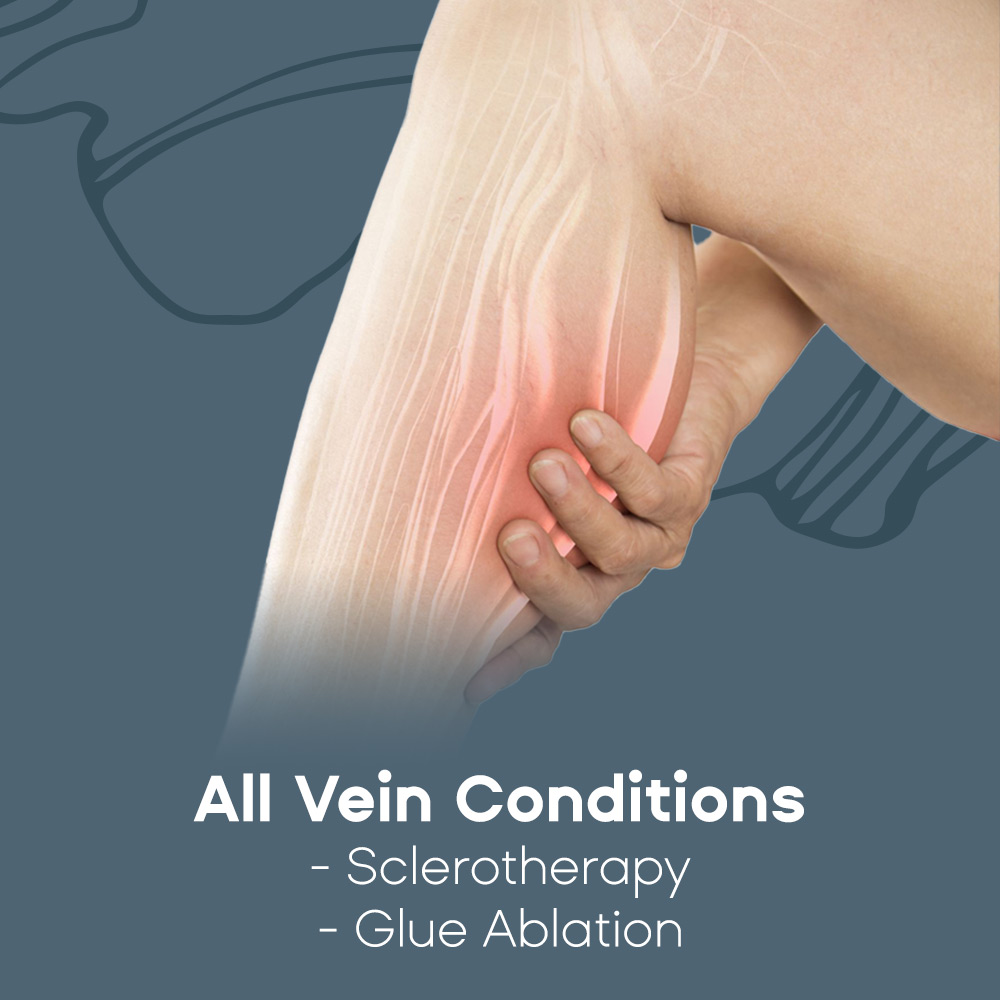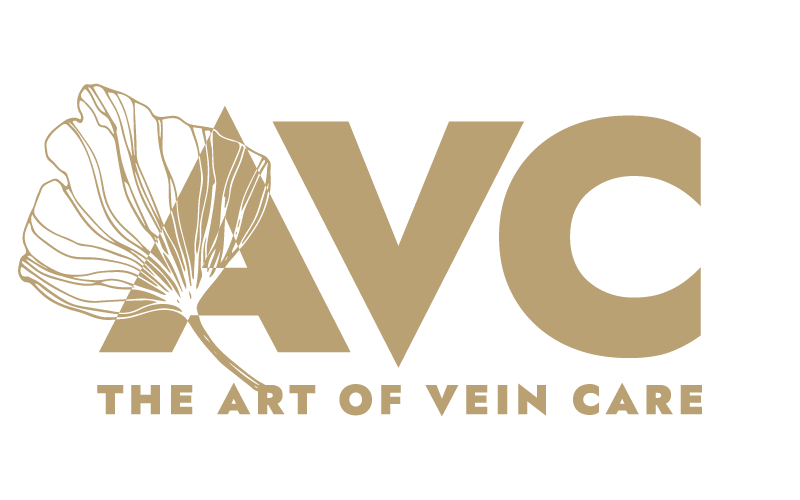Varicose Veins


What are Varicose Veins?
They are worm-like veins just under the skin that often become lumpy, sometimes described as a bunch of grapes.
Varicose veins are caused by faulty valves.
The valves in the veins are supposed to be “one way” valves, only allowing flow of blood out of the legs.
These can fail and allow flow both out of the leg and into the leg.
This causes high pressure in the veins, so they stretch up and become varicosed.
Often veins are merely a nuisance and have no symptoms, particularly in the case of spider veins.
Many people have spider veins, and no varicose veins, or the reverse occurs too.
Spider veins are harmless, however many people with spider veins will also have vein issues.
Some larger varicose veins can be painful and problematic and are not always visible which is why ultrasound is important, so when you come to AVC for cosmetic spider veins, our doctors can also assess if this may be an issue.
Symptoms can include:
– Cramping and swelling in the legs
– Pain after extended sitting or standing
– Legs feeling heavy
– Ropey, bluish, knotted or twisted veins
– Itching near the veins and eczema (in areas being fed by veins)
This can progress to pigmentation and staining and ultimately to ulcers around the ankle (which need prompt medical attention).
– Lipodermatosclerosis (LDS) is a late-stage problem where there is inflammation of the layer below the skin. It occurs on the inside of the lower calf. The skin becomes red and tender and hard.
The patch of skin then scars and the ankle becomes tight. It is called an “Inverted Champagne Bottle Leg”.
– Varicose veins can also develop a clot (superficial venous thrombosis). The vein becomes hard, red and tender.
Varicose and spider veins are an extremely common condition that affect more than 50% of adults, more commonly women, and they tend to worsen with age.
Family history is also a significant risk factor.
Varicose veins tend to be more common in standing occupations such as hairdressing, nursing or manufacturing.
Varicose veins also often develop during pregnancy, as increased fluid puts veins under strain, partly due to hormones allowing the valves to stretch and partly due to the foetus obstructing blood flowing from the legs.
Varicose Veins v Spider Veins – what’s the difference?
They appear as new, fine vessels that grow on the surface of the skin.
The key difference is that a varicose vein is a pre-existing normal vein which has become varicosed due to high venous pressure related to valve failure. Spider veins are new, fine vessels that generally are cosmetic only and appear on the surface of the skin.
The exact cause is unclear though genetic and hormonal links are likely.
How are Varicose Veins treated?
There is no absolute prevention for veins, however maintaining a healthy weight, exercising, and compression stockings may help.
Most veins that develop in pregnancy will typically resolve within 12 months without surgical intervention. For other varicose veins, there are a number of treatment modalities.
These include:
- Direct Vision Sclerotherapy
Direct Vision Sclerotherapy is a minimally invasive medical treatment whereby your AVC doctor injects the visible spider veins on the skin with a solution.
The diseased veins start to harden and dissolve until they disappear.
This technique uses ultra-fine needles, magnification and polarised light to see the spider veins better.
This is the gold standard treatment of tiny, widespread spider or reticular veins that are extremely close to the surface of your skin and are very small (less than 3mm). - Ultrasound Guide Sclerotherapy (UGS)
This is a minimally-invasive, walk-in walk-out procedure that involves injecting a solution (either liquid or foam) into the varicose veins. The injection is usually done using ultrasound guidance so that the injection is highly accurate and the solution is injected into the correct spot (ultrasound guided sclerotherapy – UGS). The solution creates a reaction in the vein wall which blocks it off and causes it to become like a thread of scar tissue under the skin (the vein “scleroses”). This generally takes 30 to 90 minutes in total depending on areas to be done and whether one or both legs are being treated. - Thermal ablation
This is used for the main superficial vein feeding the varicosed veins. It includes endovenous laser ablation (EVLA) and radiofrequency ablation. They both use heat to destroy the vein. The technique is similar for both. A fine fibre is placed in the vein under local anaesthetic using ultrasound. It is passed from the calf up to the groin. The vein is then made numb and the vein is the “ablated” using heat. - Glue
This is a relatively new technique. To date is has been shown to be safe and highly effective.
The benefits include that no tumescent anaesthesia is required, and some practitioners believe that it is not necessary to use compression after the process has been performed.
If injections are done at the same time stockings will be required. - The beauty of these methods (UGS, Thermal Ablation and Medical Super Glue) is that they are all minimally invasive and highly effective treatments for varicose or spider veins with either immediate return to normal activity, or just 1 or 2 days off.
- Compression stockings
These are part of the treatment modality, but are not a treatment in themselves – (eg they help the vein collapsed while veins are sclerosing or becoming an invisible thread of scar tissue instead of the original larger vein). We stock high quality compression stockings here. - The NICE guidelines state that if the patient is fit for thermal ablation (radiofrequency or laser), then they should have the definitive treatment.
How can Varicose Veins be investigated?
- The most common way to investigate varicose veins is by using Duplex ultrasound.
- This is noninvasive, so there are no needles or injections. It is safe and painless.
- Gel is put on the skin and the blood flow in the veins is examined.
That way, the cause of the varicose veins can be determined. - A vein “map” is created and a treatment protocol can be decided upon.
- Depending on the severity, and the exact symptoms, more extensive investigations may be required. This would be discussed at length before going ahead.
How successful is treatment of Varicose Veins?
